There are many more truckers killed annually than workers in any other occupation – 918 in the U.S. in 2016 alone. In fact, he or she is five times more likely to be killed on the job than the average working person.”
A few weeks ago my old buddy Fred and I undertook an exploration of one of America’s great roads, the Lincoln Highway. It’s the nation’s first coast-to coaster. It opened in 1913, and ran a 3389 miles, from New York to San Francisco. Its reputation is legendary. To drive it today is total nostalgia- on-wheels; you’ll also find navigational puzzles beyond reckoning.
Fred and I flew into Denver. To actually get onto the LH, we first had to drive two hours north to Cheyenne, Wyoming. As we cruised along in that direction, the Rockies towered on our west and the Great Plains stretched away on our east. Our AM radio thumped out a string of oldies; we warbled along to the strains of Purple People Eater, Peppermint Twist, Who Put the Bomp?, and other early rock ‘n’ roll beauties. We felt great to be heading into, what was for us, the unknown.
We were on Interstate Route 25— which, take note, has four lanes — two north and two south. The weather was fine, but a blustery westerly wind pushed our little Kia Soul around quite a bit— rather like being socked by a big, soft boxing glove. We didn’t think too much of it at the time, besides, it was really rather fun.
Fun, that is, until we saw what I’d call a capsized tractor-trailer rig across the southbound lanes ahead of us on our left. In fact, only the trailer was tipped over; the tractor seemed undamaged. I had seen this sort of thing before, and assumed the trailer was travelling empty, acting as a huge sail— and the wind had simply blown it over. This was interesting enough, but not particularly alarming. I reflected rather indignantly on how a professional trucker could ever have let that happen.
Up ahead things got worse. In the next ten miles we saw four other wrecked rigs, each alarming to behold. We figured our little Kia wouldn’t fare too well if some airborne juggernaut came at us from portside.
A rare kind of fear grasped my throat. Our minds buzzed with ideas about how we could extricate ourselves from this rapidly deteriorating situation. Should we stop? Should we go on? Speed up? Slow down? What?
Then we crested a ridge and what should we see but a great heap of tangled wreckage strewn over our side of the road. We surmised that a southbound 18-wheeler had been blown toward us, broken through a guardrail, crossed the median strip, went through another guardrail and two lanes of oncoming traffic, and came to rest right in front of us— a twisted, crumpled, steaming pile of wreckage. We just about jumped out of our skins.
The whole area was crowded with emergency vehicles, assorted traffic and debris. We splashed through large pools of liquid; the smell of diesel was overwhelming. It seemed rather like being witnesses to a plane crash. It was terrible to see and to smell — disorder, destruction, death.
We wove our way through the mayhem, then took exit 367 and found a truck-stop just ahead. It was, in fact, the Pilot Travel Center #402, and glad indeed were we to get there. We could hardly get out of our car; the wind tried to tear our doors off. Two tumbleweeds and assorted litter scudded by, followed closely by a clattering scrap of sheet metal.
Once inside, we babbled breathlessly to the manager about what we’d witnessed. His name was Earl— and a knowledgeable and sympathetic man he was. “Gustin’ t’ninety t’day— bit strongern usual,” he said laconically. Sounded to us like hurricane-force winds are pretty much business-as-usual at the Pilot.
We told him we were going to turn west at that point. “Be fine headin’ in to the wind,” he said with a smile. Then, after catching our breath, grabbing a coffee, and plucking up such courage as we possessed, we mounted up, our sights set on Laramie. The rest of that day was clear sailing despite an enervating head-wind. Interestingly enough, although we were constantly obsessed with trucks thereafter, we saw no more accidents for the entire duration of our trip— two weeks and 4,000 miles.
This incident got me thinking about trucking in general— the rigs themselves, the drivers, the ups and downs of the life of a professional “knight of the road”. I’ve known many truckers personally; I even know some married couples who drive together; they seem a clannish, contented, jovial lot. Their role is foundational to the economy, of course, and their responsibilities considerable— especially in terms of of highway safety.
As points of interest I offer the following:
There are some 15,000,000 “semi” trucks (also known as “tractors”) registered in the U.S. There are also 5.6 million trailers. I worked this out: if all this gear was parked together it’d occupy some 1,000 square miles— the area of, say, the state of Rhode Island— or three times that of New York City. How does that strike you?
Here are other interesting stats: there are many more truckers killed annually than workers in any other occupation – 918 in the U.S. in 2016 alone. In fact, he or she is five times more likely to be killed on the job than the average working person. The risks compound: about 90% of truckers are clinically obese and eat dreadfully, and 30% have obstructive sleep apnea (OSA), which increases accidents seven-fold. Bear these things in mind when advising your kids on what occupation to take up!
To return to my windy narrative: Is there a lesson in this for you and me? I think so. I’d suggest if you find yourself in a similar situation, get off the Interstate as soon as you can, and wait out the worst of the blow. I’m no nervous Nellie, but I’d say continuing in that sort of situation is foolhardy— you’re a duck in a shooting-gallery. If possible, take a secondary road unfrequented by tractor-trailer rigs.
So, if in the unlikely event I’m ever in that area again, I believe I’ll take modest little Route 85, ten miles to the east, and I’d advise you to do the same.That would be a great deal safer, plus it will give you the chance to get acquainted with lesser-known points of interest, such as Greeley, home of the University of Northern Colorado; and possibly Fort Lupton, birthplace of Brian Shaw, World’s Strongest Man; and perhaps there’ll be time to visit tiny Nunn (pop.430), location of the nation’s first “cannabis sacrament church.” Who’d want to miss that?
Now watch this!
And so, my friend, this is the lesson: beware of trucks in the wind.
I rest my case.

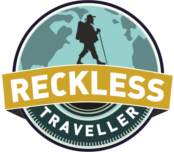
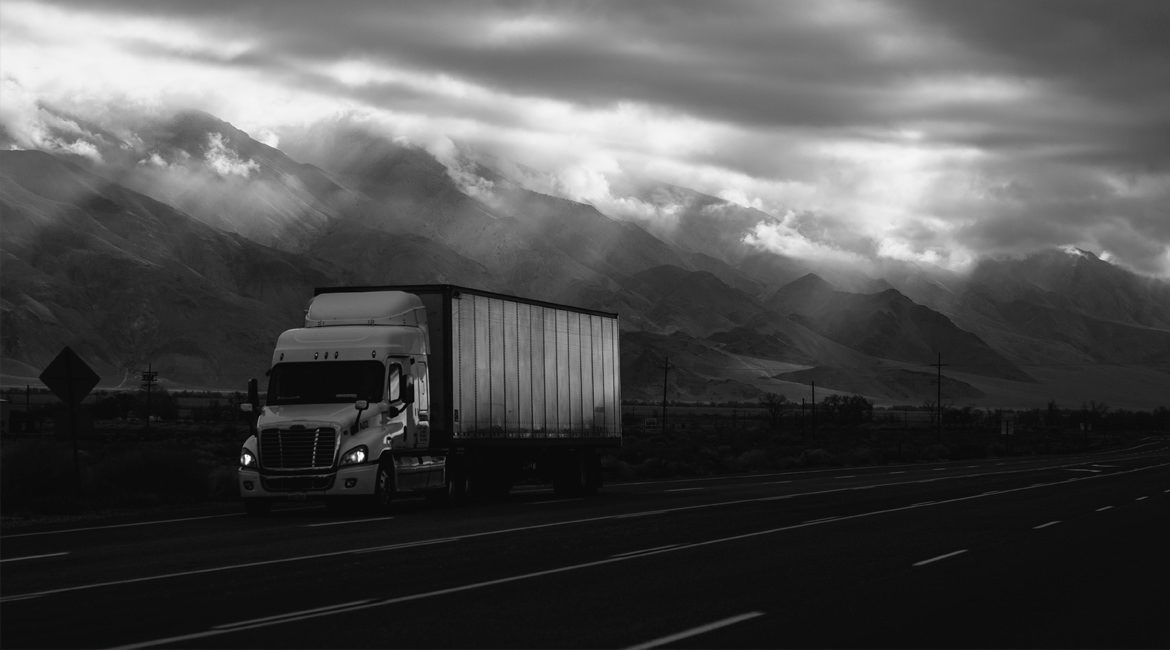
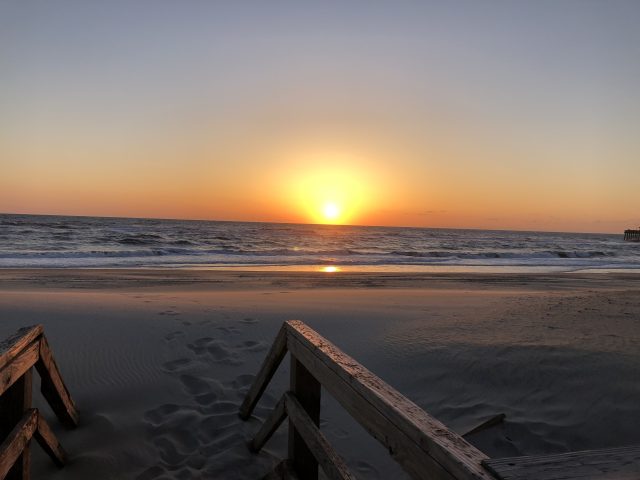
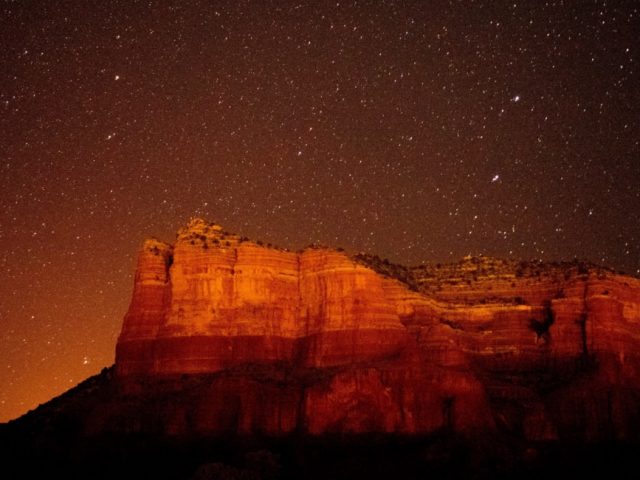
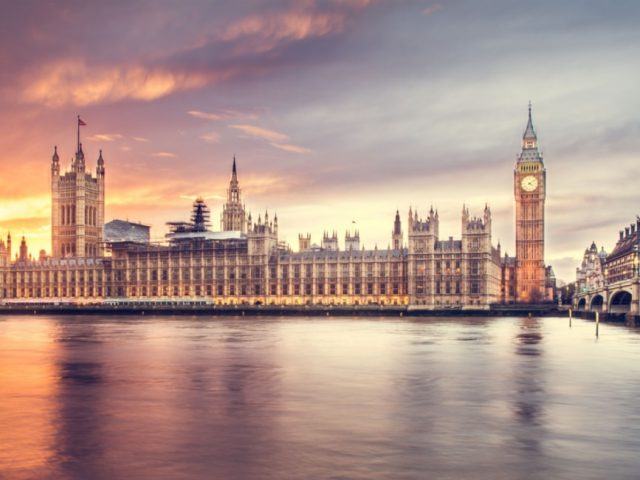
Facebook Comments